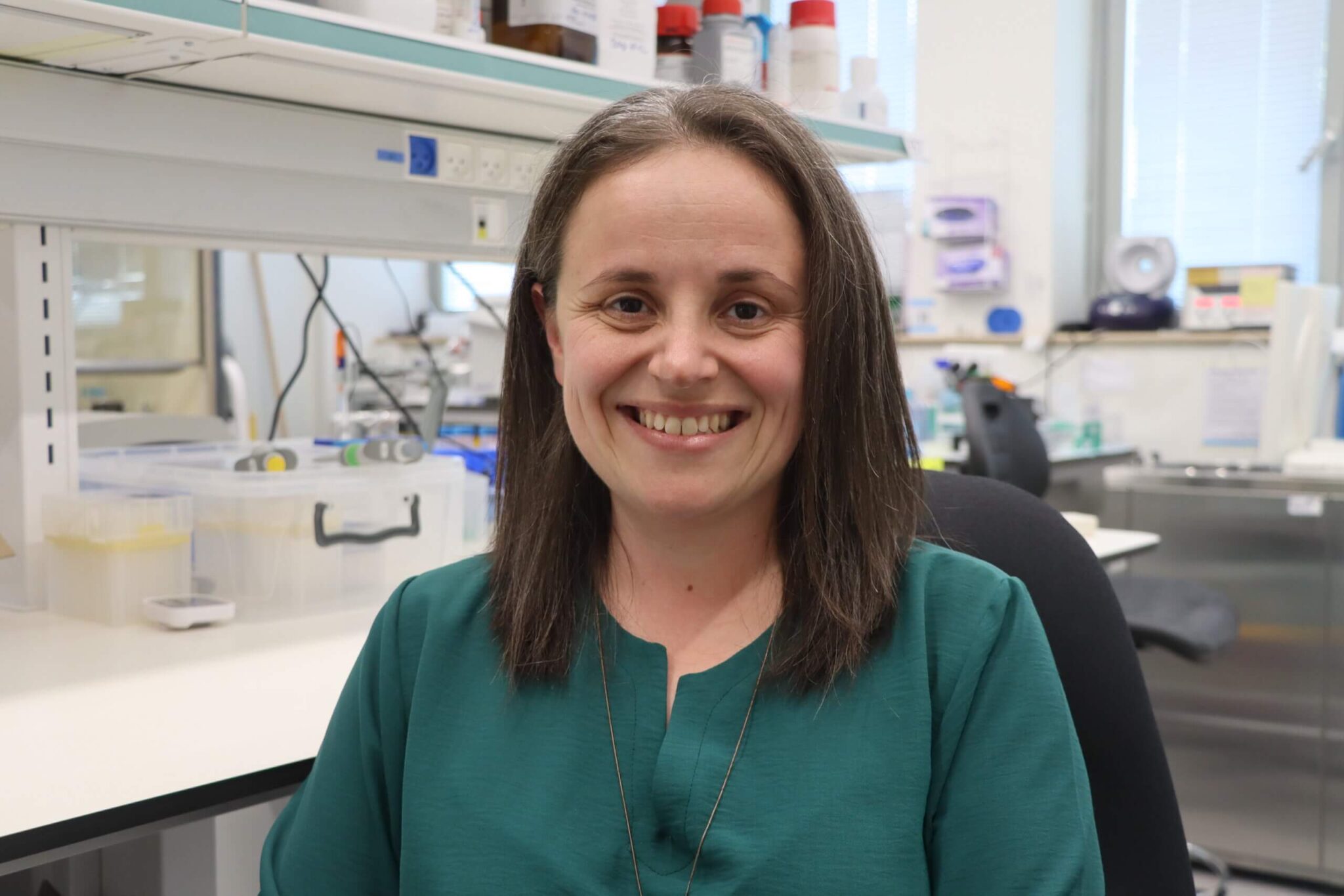Microsomes are recently discovered cellular organelles that are formed by local swelling of membrane fibers formed during cell migration. Microsomes store intracellular biomolecules such as DNA, RNA, proteins and even whole organelles such as mitochondria and affect intercellular communication

Researchers from Tel Aviv University succeeded in deciphering the process of creating microsomes. Microsomes are recently discovered cellular organelles that are formed by local swelling of membrane fibers formed during cell migration. The microsomes store within them intracellular biomolecules such as DNA, RNA, proteins and even whole organelles such as the mitochondria, and at a later stage they detach from the cell and are released into the environment in the form of membrane bubbles that are used for information transfer and intercellular communication. That is, after the release of the microsome into the environment, they are collected by other cells and thus in fact a certain cell can know what the condition of the neighboring cell is.
The research was conducted under the leadership of doctoral student Raviv Dahran, under the guidance of Dr. Raya Sorkin from the School of Chemistry in the Faculty of Exact Sciences and in collaboration with a research group from Tsinghua University in China and was published in the prestigious journal 'Nature Communications'.
The goal of the researchers was to understand the mechanism of the formation of the microsomes. To this end, they created a model system that simulates the process of creating microsomes with the help of building a sophisticated experimental system that combines two advanced measuring devices: optical tweezers that allow to capture and transport microscopic particles with a laser beam and a microscopic suction system that can be used to control the surface tension of membrane bubbles. The researchers created the membrane bubbles from living cells that produce proteins that are necessary for the formation of microsomes. This whole system is placed on a microscope, so that all the stages of the experiment can be predicted and followed in detail in real time. This enabled an in-depth study of the creation process of the microsomes, which revealed that the process takes place in two main stages and is mediated by proteins.
In order to prove the correctness of the model, the researchers checked whether the two-step process also occurs in cell culture. With the help of photographing living cells and careful monitoring of the microsome formation process, the researchers were able to show that in this system too, the microsomes are formed in a two-step process.
Dr. Sorkin explains: "We created a model system in our laboratory that mimics the formation of microsomes. In the first part of the experiment we created large membrane bubbles from which we pulled membrane fibers with a relatively low surface tension. Then we suddenly raised the surface tension of the fiber, which caused the formation of a microsome-like structure along the length of the fiber. This can be likened to a pipe in which water is flowing, which suddenly freezes it in a significant way, which leads to the trapping of water inside the pipe, which forces the pipe to undergo a change in shape, which is manifested in the formation of bubbles along the pipe, which concentrate the water inside. The bubbles are actually an analogy to microsomes. In the second stage, it can be seen that proteins migrate to the formed bubbles and stabilize their shape. In the absence of these proteins, the bubbles quickly collapse and the tube returns to having a uniform diameter."
Dr. Sorkin continues: "Although we showed that the above process occurs in a model system, we also wanted to prove that this mechanism is biologically relevant and occurs in cells. To this end, we marked the cell membrane with a certain fluorescent color and the proteins with another color, we followed the process meticulously and indeed we saw the division into two stages: the formation of small bubbles along the membrane fibers that swell first without proteins, and then the bubble is stabilized by the proteins and their continued growth into microsomes. Without the enrichment of the proteins on the microsome, it breaks down quickly and its important work is not done. Deciphering the mechanism contributes to a deeper understanding of various diseases, such as cancer, which are caused as a result of poor communication processes that occur between cells and holds within it the future ability to plan biological treatments for these diseases and to produce target-oriented biological drugs based on microsomes for various medical needs."
More of the topic in Hayadan:
- The 2022 Wolf Prize in Chemistry promotes the understanding of the chemistry of intercellular communication
- Researchers from Tel Aviv University have developed a method to find out which proteins move from cell to cell in the intercellular communication
- A carrier protein was discovered, whose function is to change the position of the communication proteins
